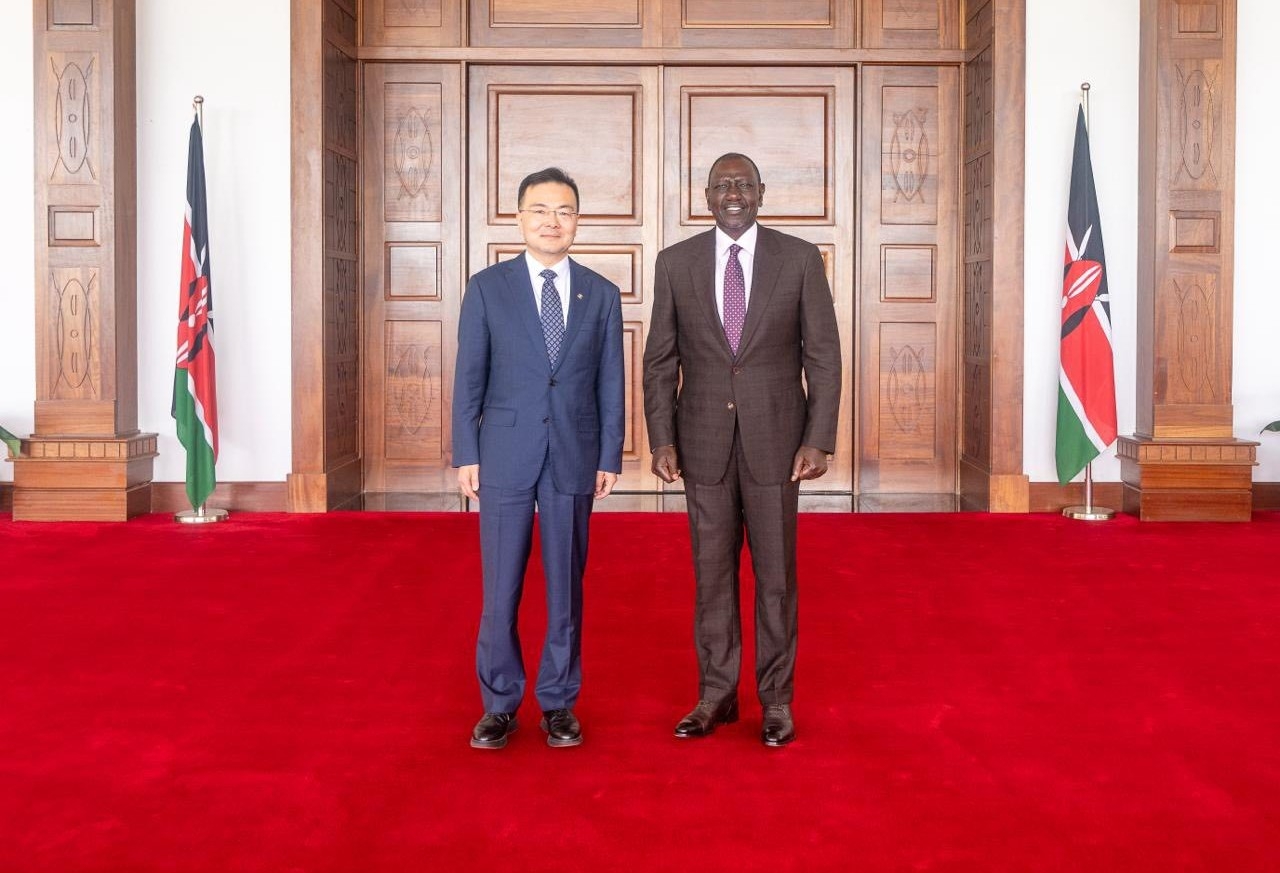Organised criminal groupings remain a thorn in the flesh of security personnel and victims of the heinous acts.
Incessant attacks on security agencies and citizens affect social and economic outcomes in affected areas.
Other than exerting anxiety and fear, organised criminals affect businesses resulting in losses.
Sustained attacks, targeted or otherwise, against individuals, slow the flow of economic activities, ignite forced migrations and deepen the extent of poverty.
Organised crimes thrive through clandestine means.
They use violence and triumph by intimidating targets, to extort money and destruction of property.
They injure and kill, leaving families hopeless.
In the recent past, media reports indicated the rebirth of criminal activity in Kwale.
It is established that youth camouflaged as football team players and fanatics are terrorising motorists and residents in Msambweni, Ng’ombeni, Kombani and Tiwi areas.
These incidents complicate the safety of travellers plying the Likoni–Ukunda-Kwale road.
Intelligence indicates that the re-emergence of the criminal acts in Kawle is occasioned by targeted surveillance and curtailing of criminal gangs operating in the neighbouring coastal city of Mombasa.
The gangs have seemingly found a haven in Kwale where government effort is traditionally geared towards counter-terrorism operations.
The gangs are active in recruiting and regrouping to advance their atrocities in Kwale.
It has been established that five organized criminal groups have moved from Mombasa to Kwale.
They are Watalia, Wakali Kwanza, Wajukuu Wa Bibi, Wasasi and Wakali Wao. A juvenile gang of Weusi operates is domiciled in Kwale.
Localised security threat portends a national security risk.
The proximity of coastal towns obscures surveillance, making it possible for crimes to be committed and perpetrators to escape police dragnets.
Threats and intimidation of members of the public who know the criminals narrows the possibility of intelligence sharing with the police.
These conditions make it possible for organised criminal groups to mutate and multiply.
Induced fear among citizens who would rather hold on to important information than share it with the police puts everyone’s life at risk.
Studies seem to suggest a strong nexus between organized crime and terrorism, a feasible hypothesis across coastal towns.
Recently, six soldiers were injured in Lamu after their vehicle drove over an Improvised Explosive Device.
While hitherto the terrorist group of al Shabaab was viewed as an external threat, there are telltales of inbreeding happening at the coast and its contiguous counties.
Multi-agency teams can harness their different mandates which would, in turn, bring out synergy that will allow for greater gains in terms of intelligence gathering, curtailing of gangs activities and importantly ensuring peace and security is maintained.
Certainly, the immediate-term out of threats organized criminals portend are enormous when measured on a socio-political, economic and even environmental lens.
In the second instance, insecurity is a threat to markets, yet, it's in markets where trade happens, making it impossible for wealth creation.
In the last instance, when criminals hide in forests or use IEDs, they threaten biodiversity.
The hospitality sector is breathing a sigh of relief, after a bit of relaxation of Covid-19 guidelines. Regrettably, these organized crime operations would reverse or slow the sector’s pace of recovery.
Multi-agency coordination and collaboration would yield the much-needed results of weeding out criminals.
Multi-agency teams can harness their different mandates which would, in turn, bring out synergy that will allow for greater gains in terms of intelligence gathering, curtailing of gangs activities and importantly ensuring peace and security is maintained.
Nairobi based analysts
Edited by Kiilu Damaris













